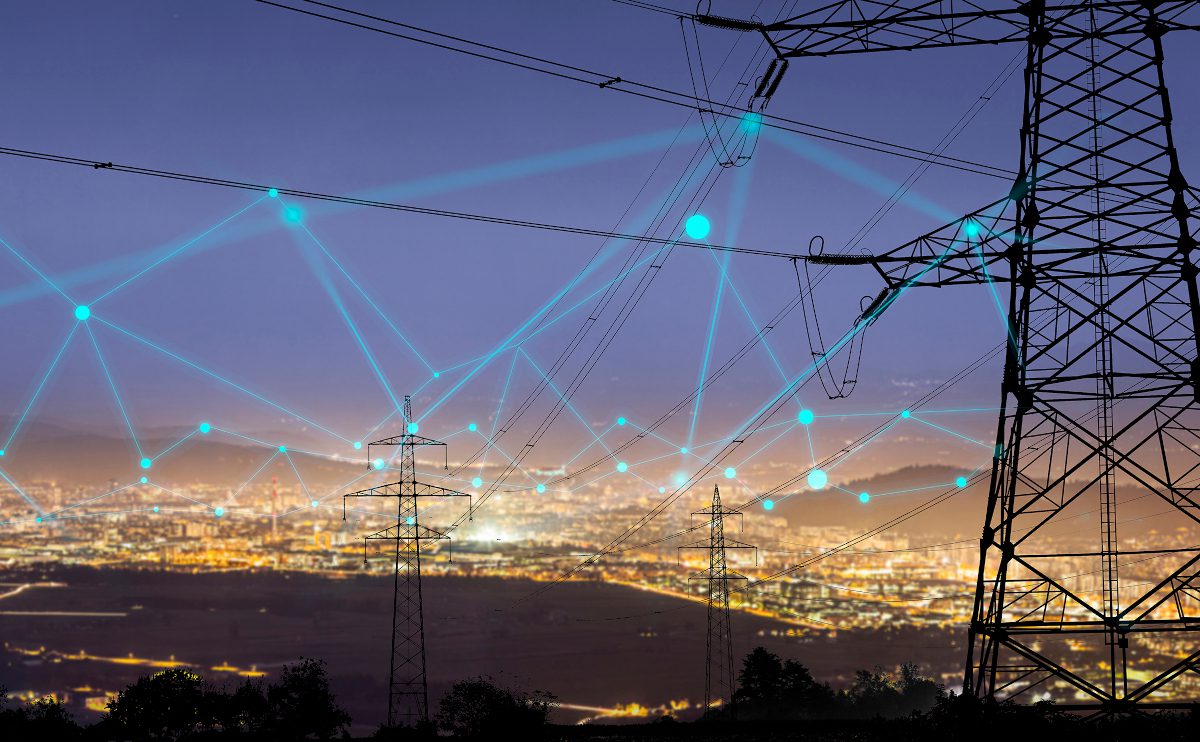
Massive IoT, alias massive Machine-Type Communications (mMTC), is already impacting multiple industries. From fleet management to environmental monitoring and smart grid management, to consumer applications including smart watches, smart buildings and, ultimately, entire smart cities. Alastair MacLeod, CEO at Ground Control, a satellite focused, IoT and M2M connectivity and critical communications provider, examines the opportunities and challenges; and how satellite communications can plug the critical gaps in connectivity to improve efficiencies, productivity, and worker safety.
Massive IoT or mMTC is all around us. We live in a vast connected ecosystem of data-gathering applications that draw on comparatively low levels of data at their source but which when aggregated by the application vendor or, for example, utility company, is simply enormous. Think smart thermostats, alarm and access control systems for the home, smart bulbs, smart meters – you see where this is going.
Massive IoT is an information system that uses cloud and edge computing, big data, and AI to make huge amounts of data more accessible for individuals as well as for businesses, and not least Energy and Utilities. mMTC -enabled sensors allow for remote monitoring, maintenance and assessment of data across a wide range of applications, including smart grids, water plants, substations and much more.
The sheer volume of devices involved in mMTC and their respective networks place ever greater demand on the network coverage, battery life and device cost, as well as the cost and resilience of the connectivity itself. Many of these devices are communicating through cellular – 4G and now 5G – networks and are reliant upon long-life batteries.
At the same time, we are experiencing an ‘energy trilemma’ – the inherent tension between energy affordability, energy security and the environmental impact of most of the energy consumed on the grid. A perfect storm perhaps, but advancements in technology have a history of providing the solutions we need.
A report by the International Energy Agency1 expects global energy demand to increase by 37% by 2040 and in a world that’s so connected, Massive IoT can be the catalyst for ensuring Utilities are more efficient, not least through periods of geopolitical unrest and instability.
The benefits
On the flip side there are of course countless benefits. Remote monitoring in smart grids reduces human error and lost time in manual visits and processes, which can have a huge impact on operational efficiency and the bottom line. Likewise, predictive maintenance allows Utilities to forecast when equipment may fail, so servicing can be carried out to avoid costly downtime. And for smart meters, data is collected, sent, and evaluated in real-time by the Utility company, rather than once the energy is consumed.
All this allows Utilities to provide real-time alerts around meter, grid damage or outages and adjust pricing and supply based on data insights if necessary. It can aid the monitoring and control power quality, and increase energy savings for the customer and install software updates, again in real-time.
The challenges
With the ever greater adoption of mMTC inevitably comes a number of challenges. On the one hand there is capital outlay for Utilities operators, not least the modernisation or installation of new of hardware. However, much of the legacy hardware doesn’t need to be changed immediately. Furthermore, while battery-life tends to be very long, the cost to replace millions of batteries in the field for many Utilities may not seem a viable option.
Ultimately, this highlights a scalability challenge for Massive IoT programmes within the Utilities sector. The ability to quickly adapt to surges, peaks, and troughs with the transfer of data, and of course, the accessibility of that data where connectivity indoors may be an issue – with many smart meters being housed in less accessible areas, such as a basement.
And of course, there’s data security to be considered. With Utilities needing to ensure that the very minimum of customer data is required for the tasks at hand, and secure from the reach of hostile parties.
Plugging the gaps with satellite
To combat some of these challenges and simply, gaps, suppliers need to ensure ubiquitous and seamless connectivity, from the grid or smart meter back to the provider.
Low power wide area networks (LoRaWAN), that connect devices wirelessly to their host network, help solve many of the needs of massive IoT in transmitting sensor data to a central gateway, and then forwarding these data packets as raw or processed data using satellite or cellular as WAN data backhaul. LoRaWAN is very cost effective and enables Utilities to embed arrays of monitoring sensors and instrumentation into their assets to constantly monitor and transmit key parameters such as temperature and fluid levels. Using LoRaWAN Utilities can implement preventive maintenance, offering greater value for their customers whilst reducing operational costs and strengthening the customer relationship.
However, it is estimated that only 10% of the earth is supported by cellular2, whereas as Iridium Satellite Network covers 100%. Automating control across the entire network is enabling companies to respond rapidly to outages, fluctuations, and peaks in demand. Clearly, none of this is possible without reliable data and failsafe connectivity.
Meanwhile, mMTC via satellite is helping Utilities workers in the field, where lone operators are constantly visiting remote areas outside normal cellular coverage.
As Utilities and their customers navigate the energy trilemma, it’s vital that mMTC is not only helping the customer to be efficient with their energy consumption but that providers are able to ensure that both the grid and smart meters are delivering the data required to manage peaks and troughs in demand without costly downtime. Given the wide geographical footprint across which Utilities need to operate, satellite is becoming increasingly key.
In sum, massive IoT is providing Utilities with the real-time information they require while the grids of tomorrow will become even more connected as infrastructure. Satellite communications will be pivotal to this now and in the future, because without a connection, nothing is smart.
To find out more about how Massive IoT and digital transformation is shaping utilities, you can download a free Ground Control report – “0 to 1 in sixty seconds” – Data’s journey in shaping digital transformation in Utilities.






